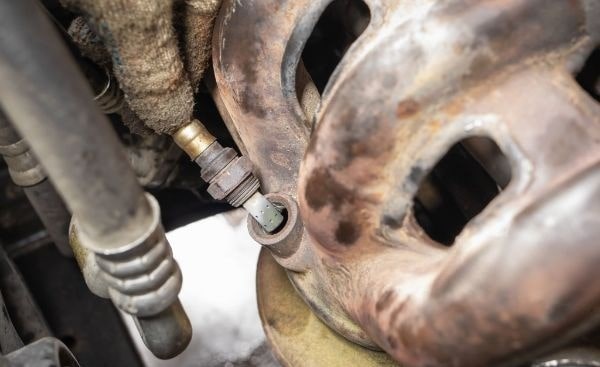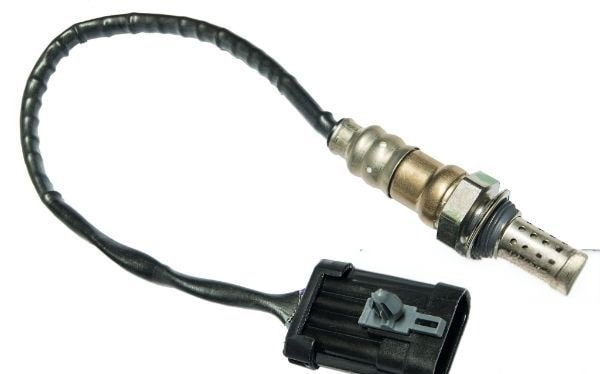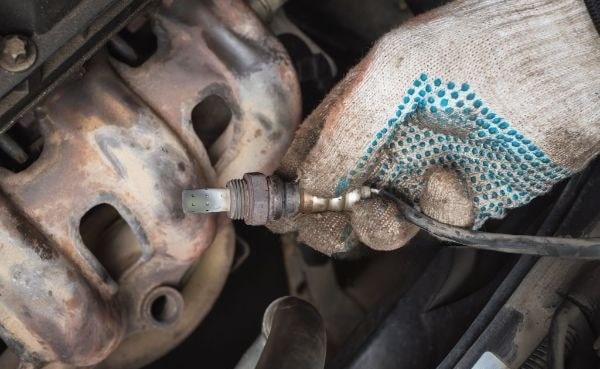Discover how oxygen sensors keep your engine running smoothly, signs they’re failing, and a step-by-step guide to replacement.
Table of Contents
What Exactly Does an Oxygen Sensor Do?
If your car’s engine were a symphony, the oxygen sensor would be the conductor—constantly fine-tuning the air-fuel mixture for peak performance. Mounted in the exhaust system, this small but mighty component measures unburned oxygen in the exhaust gases and sends real-time data to your car’s computer (ECU).
Without it, your engine would run blindly, either guzzling too much fuel (rich mixture) or straining from insufficient fuel (lean mixture). The result? Poor mileage, sluggish acceleration, and a higher chance of failing emissions tests.
Fun Fact: The first oxygen sensor was introduced by Bosch in 1976 for Volvo’s Lambda-Sond system—a game-changer for fuel efficiency.

The Science Behind Oxygen Sensors
How It Works:
-
The sensor’s tip (usually zirconia-based) reacts with oxygen in the exhaust.
-
A voltage signal (0.1V–0.9V) is generated based on oxygen levels.
-
The ECU adjusts fuel injection to maintain the ideal 14.7:1 air-fuel ratio.
Why This Matters:
-
A low voltage (0.1–0.3V) = Lean mixture (too much oxygen).
-
A high voltage (0.7–0.9V) = Rich mixture (too little oxygen).
Modern cars use wideband sensors for precision, while older models rely on traditional zirconia sensors.
Upstream vs. Downstream: Not All O2 Sensors Are the Same
| Type | Location | Purpose |
|---|---|---|
| Upstream | Before the catalytic converter | Optimizes combustion by adjusting fuel trim. |
| Downstream | After the catalytic converter | Monitors the converter’s efficiency and ensures emissions compliance. |
Pro Tip: If your downstream sensor fails, your car might still run fine—but you’ll likely fail an emissions test.

5 Warning Signs Your Oxygen Sensor Is Failing
-
The Dreaded Check Engine Light (Codes P0130–P0175 often point to O2 issues).
-
Gas Mileage Plummets (A bad sensor can reduce efficiency by 20–40%).
-
Rough Idling or Stalling (Erratic fuel mixture disrupts engine stability).
-
Sulfur or Rotten Egg Smell (Excess fuel clogs the catalytic converter).
-
Black Exhaust Smoke (A classic sign of running too rich).
Real-World Example: My neighbor ignored his failing sensor until his catalytic converter failed—a $1,200 mistake!
How to Diagnose a Faulty O2 Sensor (Without a Mechanic)
Method 1: OBD2 Scanner
-
Plug into the diagnostic port (usually under the dash).
-
Look for codes like P0135 (Sensor Heater Circuit Malfunction).
Method 2: The “Tap Test”
-
With the engine running, gently tap the sensor with a wrench.
-
If the voltage fluctuates wildly, it’s likely failing.
Tool Recommendation: The BlueDriver Scan Tool gives detailed live data.
Replacing an Oxygen Sensor: A Beginner-Friendly Guide
What You’ll Need:
-
Oxygen sensor socket ($10 at Harbor Freight).
-
Penetrating oil (PB Blaster works wonders for rusted sensors).
-
Anti-seize compound (prevents future seizing).
Step-by-Step:
-
Locate the Sensor (Follow the exhaust manifold or consult your repair manual).
-
Unplug the Connector (Press the tab and pull gently).
-
Loosen the Sensor (Heat the area with a torch if it’s stuck).
-
Install the New Sensor (Hand-tighten first, then torque to spec).
Safety Note: Never force a stuck sensor—snapping it off means drilling out the remains!
Pro Tips to Extend Your O2 Sensor’s Lifespan
1- Use Top-Tier Fuel (Cheap gas leaves more contaminants).
2-Fix Engine Leaks Promptly (Oil or coolant can foul the sensor).
3-Avoid Silicone Sealants (They emit vapors that coat the sensor).
Did You Know? A well-maintained O2 sensor can last 100,000+ miles.

Final Thoughts
Your car’s oxygen sensor might be small, but its impact is huge. Catching problems early saves money and keeps your engine purring.
Need a Reliable Replacement? Check out SparesFlex’s O2 Sensor Collection for high-quality options.

